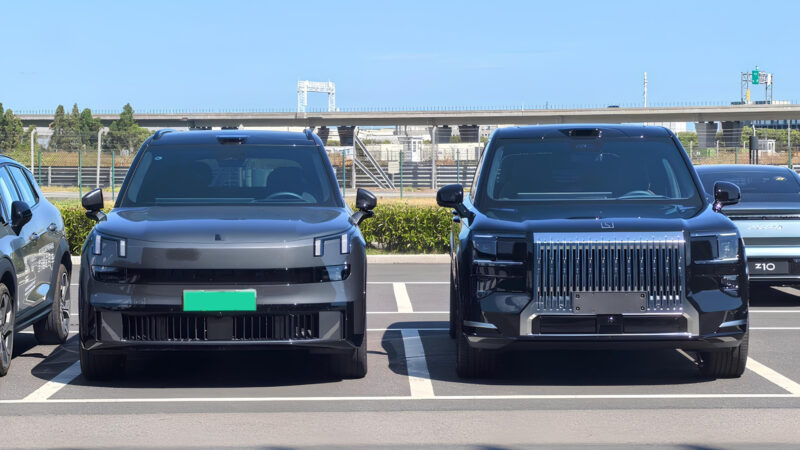Three full-size new energy crossovers from Geely Group entered the Chinese market this year. One is the Geely Galaxy M9. And two other products are the Lynk & Co 900 and the Zeekr 9X from Zeekr Technology (owned by Geely). There is a chance of cannibalism occurring between two latter SUVs.
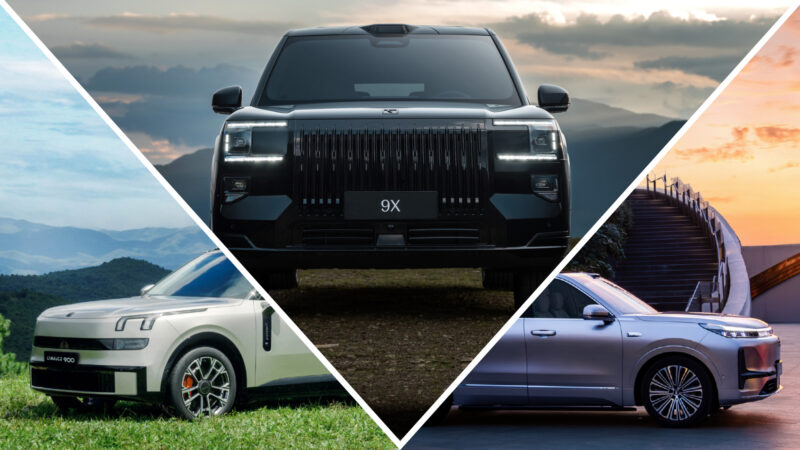
We will remind you that the Lynk & Co 900 full-size SUV entered the Chinese market in April 2025. Its cumulative deliveries reached 27,844 units, according to China EV DataTracker. In September, the Geely Galaxy M9 and the Zeekr 9X entered the market. This trio of PHEV crossovers formed a complete product matrix, covering a wide price range of 183,800 – 599,900 yuan (25,820 – 84,260 USD).
Geely Galaxy M9 positioning
The Geely Galaxy M9 is the entry-level model with an FWD powertrain for 300 kW (402 hp) and a relatively small 18.4 kWh battery available. Its top-trim variant offers 4WD for 640 kWh (858 hp) and a 41.5 kWh pack. Other features of the Galaxy M9 are 27 speakers, a large 30-inch main screen, an optional dual-chamber air suspension, and the G-Pilot H5 ADAS.
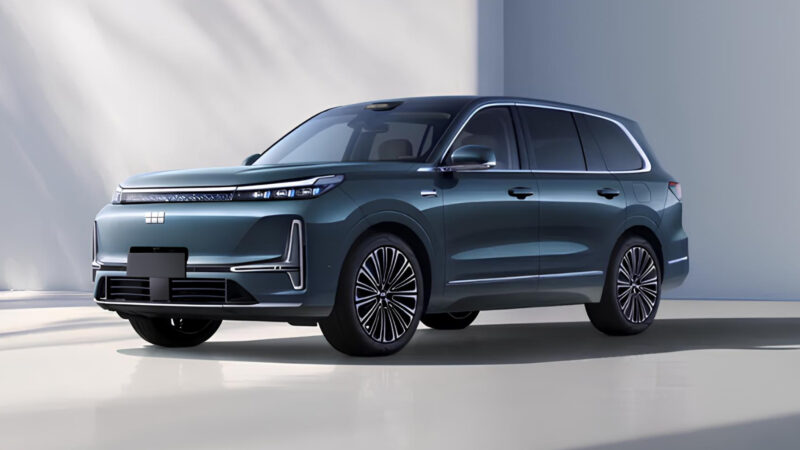
The Galaxy M9 costs between 183,800 and 248,800 yuan (25,820 – 39,950 USD). The top-of-the-line modification of the Geely-branded SUV can possibly compete with the entry-level Lynk & Co 900, which costs 309,900 yuan (43,550 USD). However, most buyers in China will choose FWD variants of the Galaxy M9. Therefore, a cheaper model won’t seemingly diminish the market share of the Lynk & Co flagship.
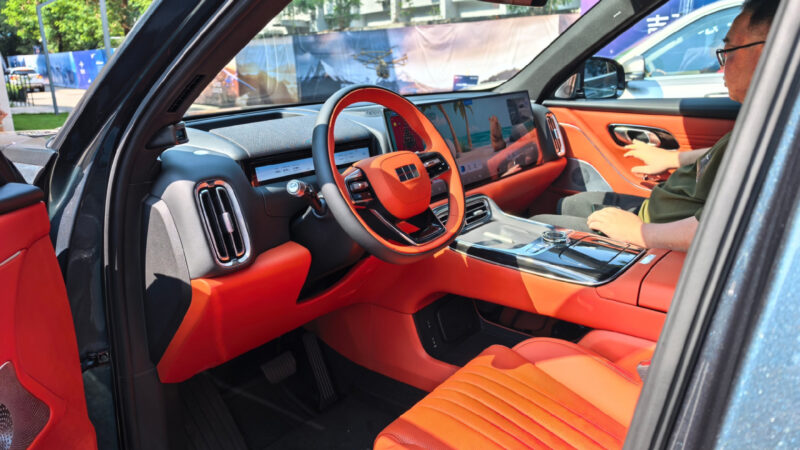
The Galaxy M9 aims to rival such models as the Leapmotor C16 and the Deepal S09. Despite offering decent tech and equipment for its price, the Geely SUV’s utilitarian design is incomparable with the Lynk & Co 900 and the Zeekr 9X. However, the latter two models can easily cannibalize one another.
Lynk & Co & Zeekr background
We will remind you that Lynk & Co was founded in 2017 as a joint brand between Geely and Volvo. After the launch, it focused on producing PHEV and ICE models. In 2021, it announced a partial transition to the BEV segment, revealing the Lynk & Co Zero concept car. Apparently, the mass-produced variant of this model became the first vehicle under the all-new Zeekr brand. It sells as Zeekr 001.
In the following years, Lynk & Co entered the BEV segment with two other models: the Z10 sedan and the Z20 fastback SUV. They played in the same price range as some models under the Zeekr brand, forming an internal competition. In 2025, Volvo distanced itself from Lynk & Co while Zeekr Technology acquired the majority stake. This move was done to put things in order and separate Zeekr and Lynk & Co models.
However, two flagship parallel hybrid crossovers from Zeekr Technology seem not to be so separated. And we will tell you why.
Lynk & Co 900 & Zeekr 9X rivalry
We will begin with the Lynk & Co 900. It is a full-size SUV with six seats (each seat is equipped with heating and massage) and three powertrain variants. The entry-level 900 generates 520 kW (711 hp) while the top-of-the-line car has a combined output of 650 kW (872 hp). This model boasts rotatable second-row seats, a 30-inch screen in the center console, a 30-inch ceiling-mounted screen, sun shades on doors, a 95-inch augmented reality head-up display, and up to 31 Harman/Kardon speakers.
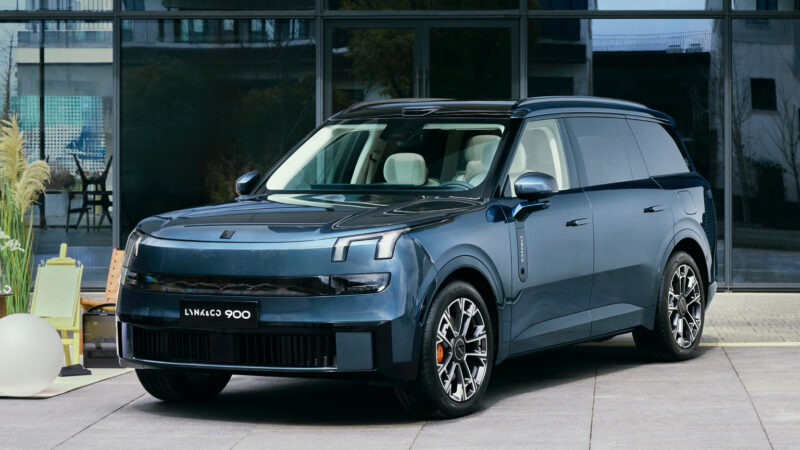
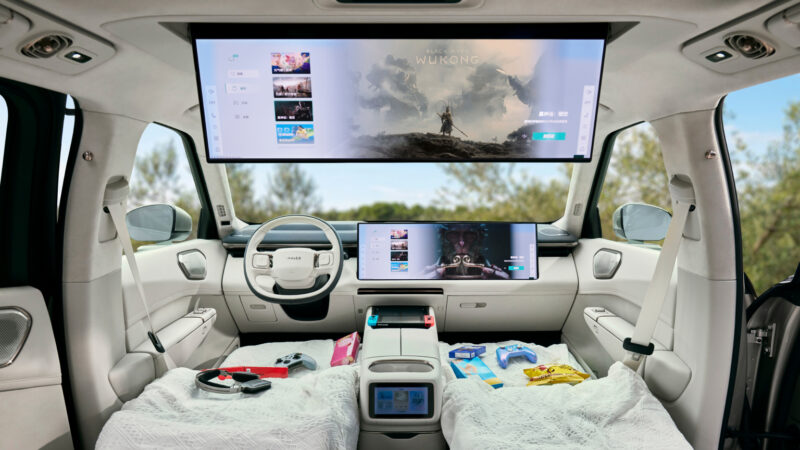
The Lynk & Co 900 boasts a zero-to-hundred acceleration time of 4.3 seconds while offering a 52.4 kWh battery or 280 km of range. It can run up to 1,443 km on a full fuel tank. It also offers the G-Pilot H7 driver assistance system capable of self-parking and address-to-address Navigate On Autopilot (NOA) function. The only drawback of the Lynk & Co 900 is a lack of high-end materials and textures inside.
The entry-level Zeekr 9X offers a slightly more powerful combination of ICE and two e-motors for 660 kW (885 hp). However, its top-trim variant generates unhinged power output of 1,030 kW (1,381 hp). This variant speeds up to 100 km/h in 3.1 seconds. Another benefit of the Zeekr 9X is its battery options. The entry-level 55 kWh pack is good for 288 km under CLTC conditions. And the 70 kWh battery elevates the 9X’s peak range to 380 km.
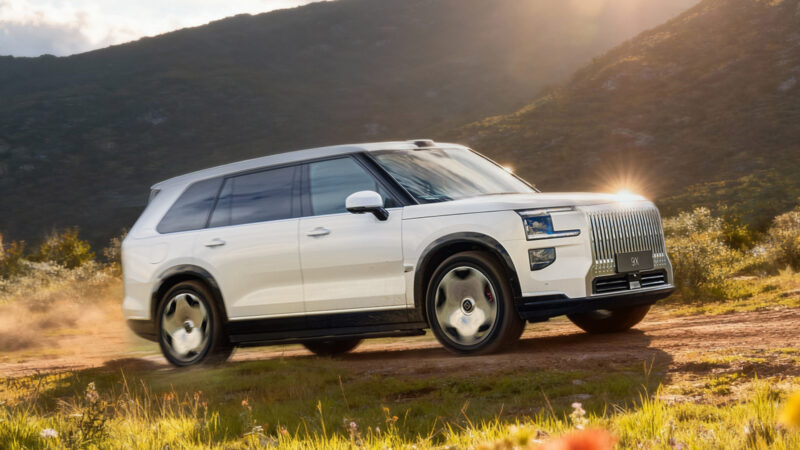
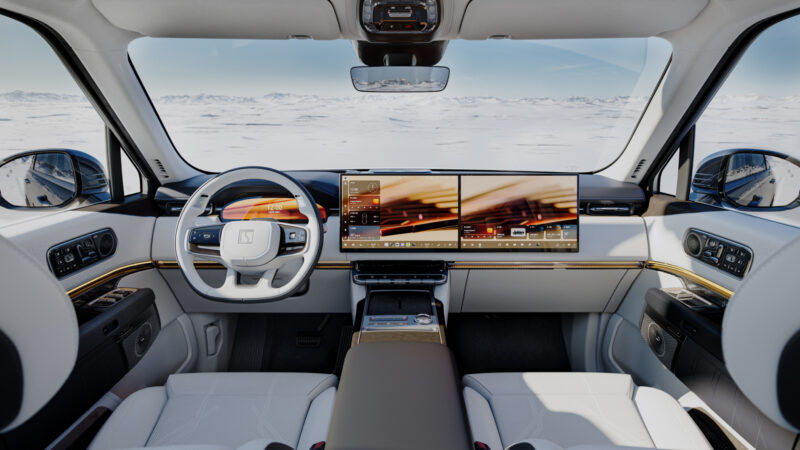
The interior speaks luxury with a mass of aluminum and wood complemented by the Naim-branded sound system for 32 speakers. However, the 9X’s cabin is a place where controversies begin to appear. To begin with, the center console of this SUV has a block of two 16-inch screens instead of a high-tech 30-inch single monitor. The ceiling-mounted screen of the Zeekr 9X has a diameter of 17 inches, which is 13 inches smaller than the screen provided by the Lynk & Co 900. And the HUD of the Zeekr-branded model is also smaller: 47 inches versus 95.
Moreover, the Lynk & Co 900 comes standard with rotatable second-row seats, while the Zeekr 9X has them as an extra option. These two cars adopt dual-chamber air suspension with a continuous damping control system. But the top-trim Zeekr 9X offers a 48V active anti-roll bar that enhances the car’s stability while taking sharp corners.
Conclusion
The Zeekr 9X is an opulent car with an advanced powertrain and a lot of luxury features. But the difference in the equipment of this model compared to the cheaper Lynk & Co is puzzling. In the end, these vehicles will be mainly used on busy roads of large Chinese agglomerations. In this case, most of the powertrain advantages of the top-trim 9X will be leveled out.
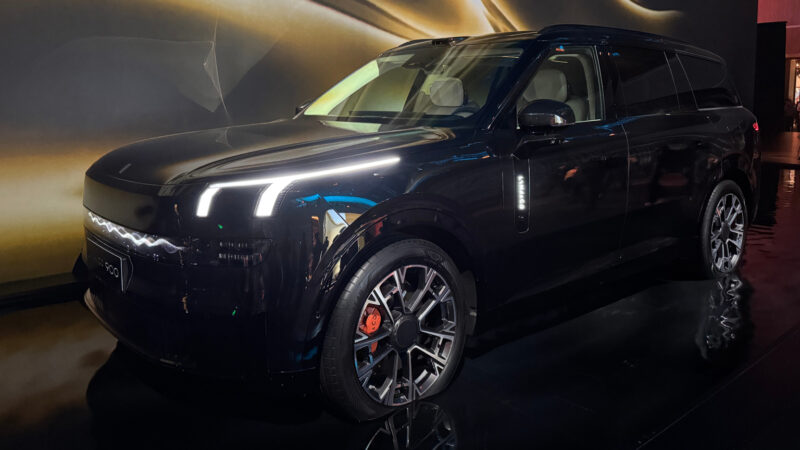
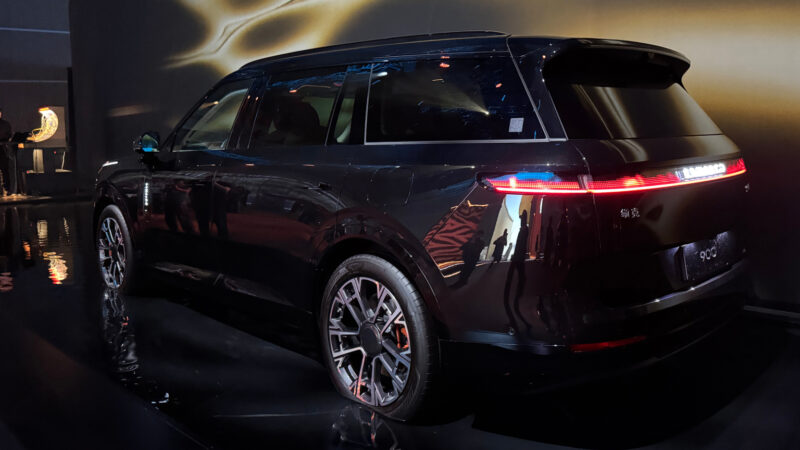
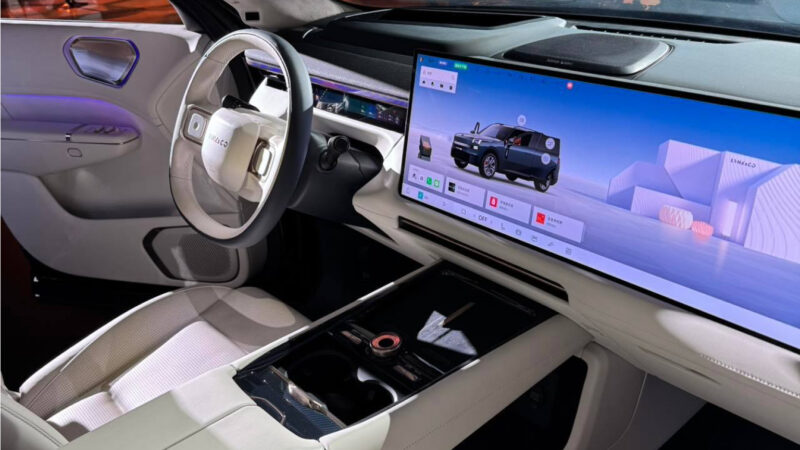
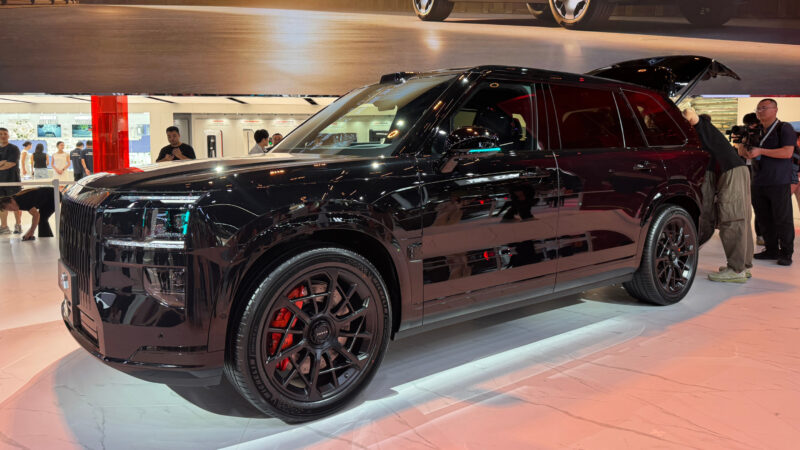
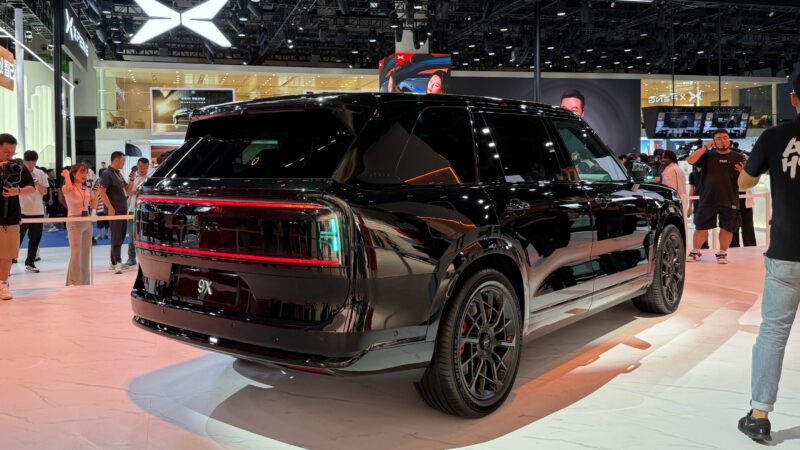
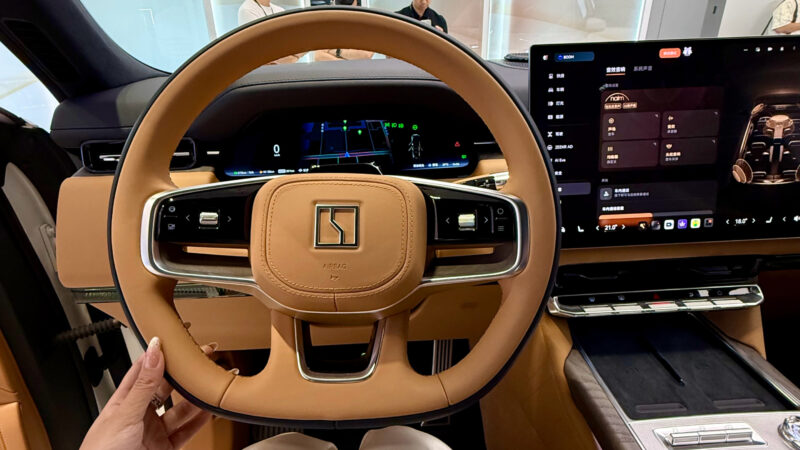
Only experienced drivers can feel the difference in the quality of materials and workmanship. As for the brand power, both Lynk & Co and Zeekr are quite young. Therefore, they both do not have a specific status advantage. As a result, a specific group of clients will choose a cheaper Lynk & Co 900 over the Zeekr 9X.
Right now, the Zeekr 9X seems to have no issues with the demand in China, as it got 10,000 orders in 13 minutes. In contrast, the Lynk & Co 900 received the same number in one hour. However, these vehicles can face a cannibalization problem in the long term.
We listed information about three full-size PHEV crossovers from Geely below.
| Model | Geely Galaxy M9 | Lynk & Co 900 | Zeekr 9X |
| Price (yuan) | 183,800-248,800 | 309,900-416,900 | 465,900-599,900 |
| Price (USD) | 25,820-34,950 | 43,530-58,560 | 65,440-84,260 |
| Platform | GEA Evo | SPA Evo | SEA-S |
| Dimension (mm) | 5205/1999/1800 | 5240/1999/1800 | 5239/2019/1819 |
| Wheelbase (mm) | 3030 | 3160 | 3169 |
| Air suspension | ◦ Dual-chamber | Dual-chamber | Dual-chamber |
| ICE | 1.5 turbo | 1.5 / 2.0 turbo | 2.0 turbo |
| ICE power (kW) | 120 | 143 / 187 | 205 |
| E-motors | 1-3 | 2-3 | 2-3 |
| Combined power (kW) | 300-640 | 530-650 | 660-1,030 |
| Drive type | FWD / 4WD | 4WD | 4WD |
| 0-100 km/h time (s) | 7.7-4.5 | 4.8-4.3 | 3.9-3.1 |
| Top speed (km/h) | 200-210 | 210-240 | 240 |
| Battery type | LFP | Ternary NMC | Ternary NMC |
| Battery capacity (kWh) | 18.4-41.5 | 44.8-52.4 | 55-70 |
| BEV range CLTC (km) | 100-230 | 220-280 | 288-380 |
| PHEV range CLTC (km) | 1,325-1,505 | 1,350-1,443 | 1,160-1,250 |
| Seats | 6 | 6 | 6 |
| Rotatable second-row chairs | – | · | ◦ |
| Main screen (inch) | 30 | 30 | 16 + 16 |
| Rear screen (inch) | 17.3 | 30 | 17 |
| HUD (inch) | 32 | 95 | 47 |
| Instrument panel (inch) | 12.66 | 12.66 | 13 |
| Sound system | Flyme Sound | Harman/Kardon | Naim |
| Speakers | 27 | 23-31 | 32 |
| Power (W) | 2,300 | 2,640 | 3,868 |
| ADAS system | G-Pilot H5 | G-Pilot H5 / G-Pilot H7 | G-Pilot H7 / G-Pilot H9 |
| ADAS power (TOPS) | 254 | 254-700 | 700-1400 |
| Infotainment chip | Snapdragon 8295 | Snapdragon 8295 *2 | Snapdragon 8295 *2 |



